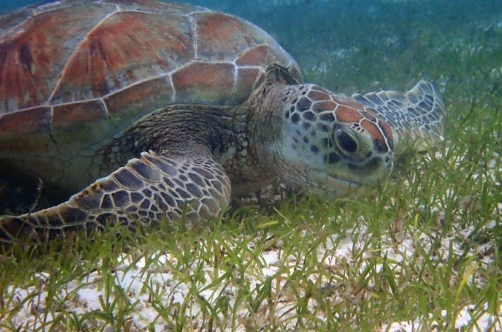Sea turtles are fascinating creatures that have roamed the world’s oceans for millions of years. One of the most commonly asked questions about these ancient reptiles is, what do they eat? Let’s take a closer look at the dietary secrets of sea turtles.
Plant-Based Diet
Contrary to popular belief, most sea turtles are herbivores and feed primarily on seagrasses and algae. Green sea turtles, for example, are known to be strict herbivores and have specialized jaws for cutting and chewing vegetation.
Occasional Omnivores
While most sea turtles are herbivores, some species, such as loggerheads and leatherbacks, are omnivores and may also eat crustaceans, jellyfish, and small fish. These turtles have powerful jaws that enable them to crush the hard shells of crabs and other prey.
Feeding Habits
Sea turtles use their razor-sharp beaks to efficiently graze on seagrass beds, often leaving behind distinctive grazing scars on the seafloor. Some species of sea turtles are known to be picky eaters, preferring certain types of seagrasses over others.
Migration and Feeding
Sea turtles undertake long-distance migrations between foraging and nesting grounds, often traveling hundreds or even thousands of miles. During these migrations, they rely on their keen sense of smell to locate productive feeding grounds.
Conservation Concerns
The dietary habits of sea turtles play a crucial role in the health of marine ecosystems. However, these magnificent creatures face a multitude of threats, including plastic pollution, habitat destruction, and bycatch in fishing nets. Conservation efforts are essential to ensure the survival of sea turtles and their dietary secrets for future generations to enjoy.
In conclusion, sea turtles have diverse dietary preferences, ranging from herbivorous to omnivorous. By understanding and protecting their feeding habits, we can help preserve these ancient reptiles and the delicate ecosystems they inhabit.

